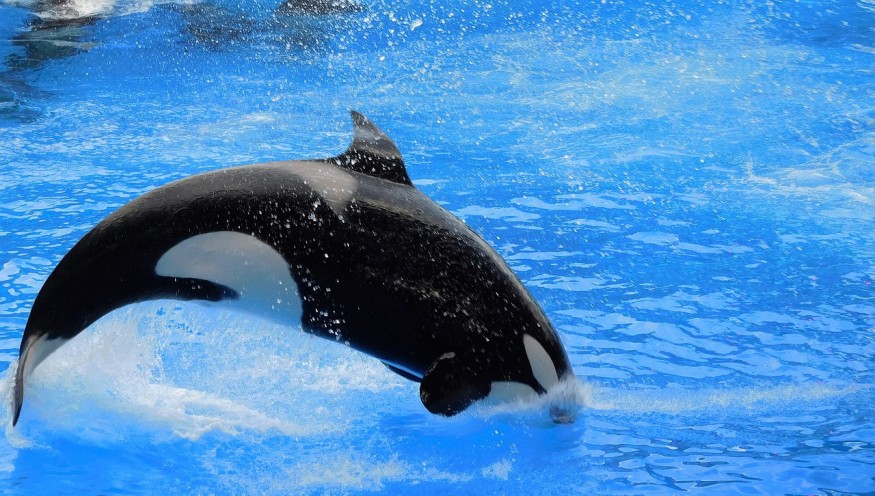
Lolita, the beloved killer whale of Seaquarium, apparently died due to old age and several chronic conditions. This is according to the necropsy's executive summary that was recently released.
Lolita's Death
Lolita passed away last August 18. She was 57 years old when she died. Her carcass was kept in ice and brought to the University of Georgia for a necropsy to be conducted.
Based on initial reports, kidney failure was cited to be a cause of her death, according to Seaquarium. This finding was then supported by documents that the Seaquarium released just last Tuesday.
In a press release, Seaquarium explains that the analysis results show that Lolita died due to several chronic conditions, with some of them being age-related.
Dr. Judy St Leger, a veterinarian who has two decades' worth of experience working with marine mammals, performed the necropsy on Lolita. Dr. Leger discovered that Lolita experienced chronic and acute bronchointerstitial pneumonia and renal degeneration. Lolita was also found to experience a chronic heart condition that implied cardiac valve degeneration.
Just a couple of days before Lolita died, she was declared to be remarkably healthy by the veterinarian that was caring for her and by The Dolphin Company's CEO.
Pritam Singh, the founder of Friends for Lolita and a Keys developer, explains that just a week ago, the vets visited and Lolita was doing great. Lolita's untimely death has left the staff devastated, as it came suddenly.
Read also: Lolita the Orca Dead: Beloved Killer Whale at Miami Seaquarium Dies Before Planned Release to Ocean
Lolita: Seaquarium's Beloved Orca
Following the necropsy, the cremated remains of Lolita were spread in her home waters as part of a traditional ceremony done by Lummi Nation leaders. The beloved orca, indigenously known as Sk'aliCh'elh-tenaut, was considered part of the Lummi tribe.
The beloved orca was trained for a potential cross-country move to her home waters across the Pacific Northwest. Initially, the plan was to bring Lolita to a Puget Sound sea pen. The L Pod in Puget Sound is where she was captured in 1970. This plan was initially developed by the Friends of Lolita non profit in conjunction with the Whale Sanctuary Project.
Jim Irsay, NFL owner, pledged to help with funding $15 to $20 million for the relocation, but also admitted that there were several obstacles that had to be overcome, including getting federal and state permits.
Some of Lolita's former vets and trainers opposed these plans, which they considered to be a risky publicity stunt for fundraising. They thought that Lolita could not survive the move, considering her age, medical conditions, and period of captivity. This group advocated that Lolita be transferred to SeaWorld in Orlando, where she could possibly dwell in a bigger tank and be taken care of by killer whale experts.
According to Lolita's former vets and trainers, some of her health issues surfaced after her diet was reduced two years ago, from a daily intake of 160 pounds to 120 pounds of fish. They were worried that Lolita was also dehydrated chronically and that this may have stressed her kidneys.
Seaquarium explains that Lolita's food intake was reduced to align with the lesser exercise that she was getting.
Check out more news and information on Animals in Science Times.











